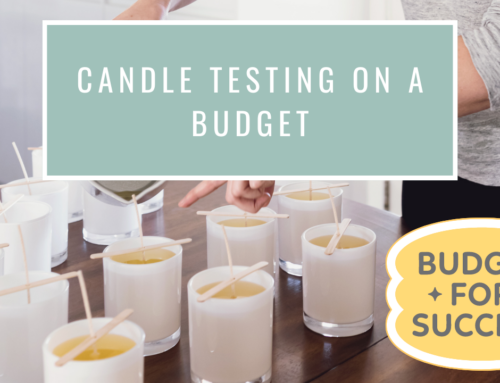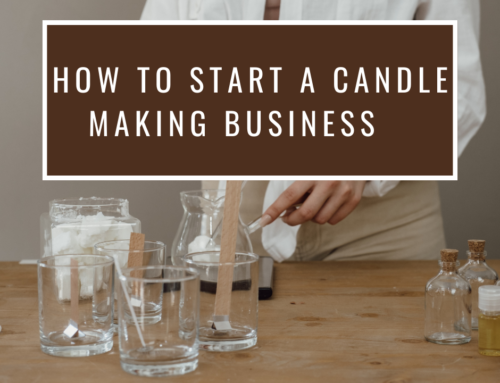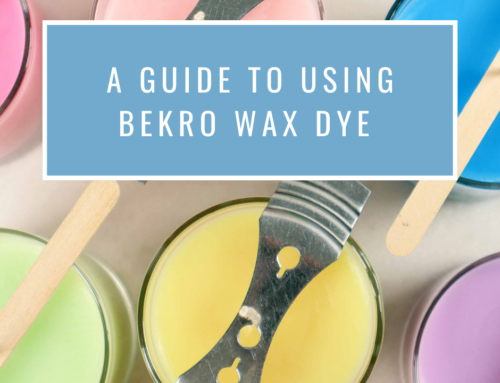Essential Oils (as opposed to Fragrance Oils) are concentrated, highly potent chemical compounds that are found inside many plants. For many years, people have used plants and their essential oils to improve physical and mental health and well-being. Being used heavily in aromatherapy, these oils allow you to naturally maintain good health and address specific health concerns. When used appropriately, essential oils can become a key part of your daily routine. However, because they are highly concentrated, essential oils can sometimes irritate the skin and lungs so consult your doctor before incorporating into your daily routine. Essential oils should be stored in a cool dark place.
Proportion of Essential Oil
Adding essential oils to carrier oils is a great way to dilute your essential oil before it is applied to the skin in massage and aromatherapy. Do not add more than 2% of the total volume of the carrier oil (for example, 2ml essential oil for 100ml carrier oil)
While making soap is a fun way of expressing creativity, it is important to remember that adding to soap bases is also a process to be done watchfully. Although all our essential oils are concentrated, some may be more potent than others, so achieving the same level of fragrance across all oils may differ slightly. Do not add more than 3% of the total weight of the soap base, (for example, 30g essential oil for 1kg soap base)
Adding essential oils to wax is a great way getting both an amazing scent throw and the aromatherapeutic healing properties. However, take caution when adding essential oils to hot wax, find the essential oils flash points below and add the oils at an appropriate temperature. Check that the wax is cool enough, so you don not lose the properties of the essential oil. Do not add more than 3% of the total weight of the wax, (for example, 24g essential oil for 800g wax)
Because augeo oil is a liquid at room temperature and does not get heated or cooled, add the essential oil (at the appropriate measurement) straight to the oil and mix to combine. Do not add more than 25% of the total weight of the augeo oil (for example, 125g essential oil for 500g augeo oil)
Flash Points
Almost all essential oils have what is referred to as a Flash Point – the temperature at which the oil will start to vaporise and evaporate.
It is generally recommended that you mix most essential oils when the product is slightly below the temperature indicated in the table below – this ensures that it binds effectively to the product to give a good scent throw and to keep its healing properties. However, for essential oils with a flash point lower than 80°C you should mix them at their flash point and below about 70°C you should ensure you stir for a few minutes to aid the binding process.
| Essential Oil | Flash Point Temperature |
|---|---|
| Bergamot | 67°C |
| Cedarwood | >65 °C |
| Chamomile Roman | 30 °C |
| Cinnamon | 88 °C |
| Clary Sage | 79 °C |
| Clove Leaf | >65 °C |
| Eucalyptus Globulus | 53 °C |
| Frankincense | 43 °C |
| Grapefruit | 45 °C |
| Lavender | 70 °C |
| Lemon | 49 °C |
| Lemongrass | >65 °C |
| Marjoram | 59 °C |
| Orange Sweet | 46 °C |
| Patchouli | 114 °C |
| Peppermint Piperita | >60 °C |
| Rosemary | 43 °C |
| Tea Tree | 55 °C |
| Ylang Ylang | 88°C |
Will you be selling your product?
If you intend to sell your products (even on a small scale) and have used essential oils, you are required to incorporate safety notices on the labelling and/or packaging. This should include symbols that show the extent of any hazard associated with the use of essential oil.
Safety Notice
If you have never used Essential Oils before and/or you have a predisposition to allergies, please ensure you read the safety data sheet (SDS) before purchasing. This document can be found by clicking on the ‘Data Sheets’ tab on each individual product listing.
You may want to consider wearing protective goggles and gloves when handling the essential oil, although this is not always necessary providing you are careful; our essential oils are highly concentrated. Be careful when smelling the essential oil in its concentrated form, do not inhale too much as it can be overwhelming.
If you get any concentrated essential oil on your skin, simply wash it off with soap until there is no residual smell. If you develop any irritation or itching, seek medical advice immediately. If you splash any of the oil into your eyes, continuously sprinkle water into your eyes for at least 5 -10 minutes. Obtain medical advice if there remains any discolouration, irritation or soreness.
If in the rather unlikely event that you ingest any essential oil, the drink some water and/or milk. If you feel any discomfort, seek medical advice.
As much as we always recommend involving children in soap and candle making – please make sure they do wear gloves and protective goggles when handling the oils and supervise them ensuring safe handling.
How to Store Essential Oils
Essential oils should be stored in a cool, dark places to prevent oxidation. The ideal place to store them is in the fridge but if that is not ideal, ensure they are kept away from direct light and high temperatures.
How to Check Your Coconut Oil :
If you have had your oil for a long period of time, it will be good to check periodically to ensure its still usable.
Common signs to indicate your oil has gone bad:
- Discolouration
- Mould
- Unusual Odour
If you experience any of these signs, your oil may have expired.
What is a SDS Document?
You will see on the product listing for essential oils, reference to two documents. By Law we are required to provide customers with this information. We always recommend having a look at these documents before purchasing any essential oils.
SDS (Safety Data Sheet) – This document provides information as to the composition of the fragrance and warnings with regards to potential risks the essential oil presents and instructions as to the safe operation and use of these products.










Thank you for your help. I’m hoping to make my first soap now 😄